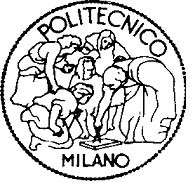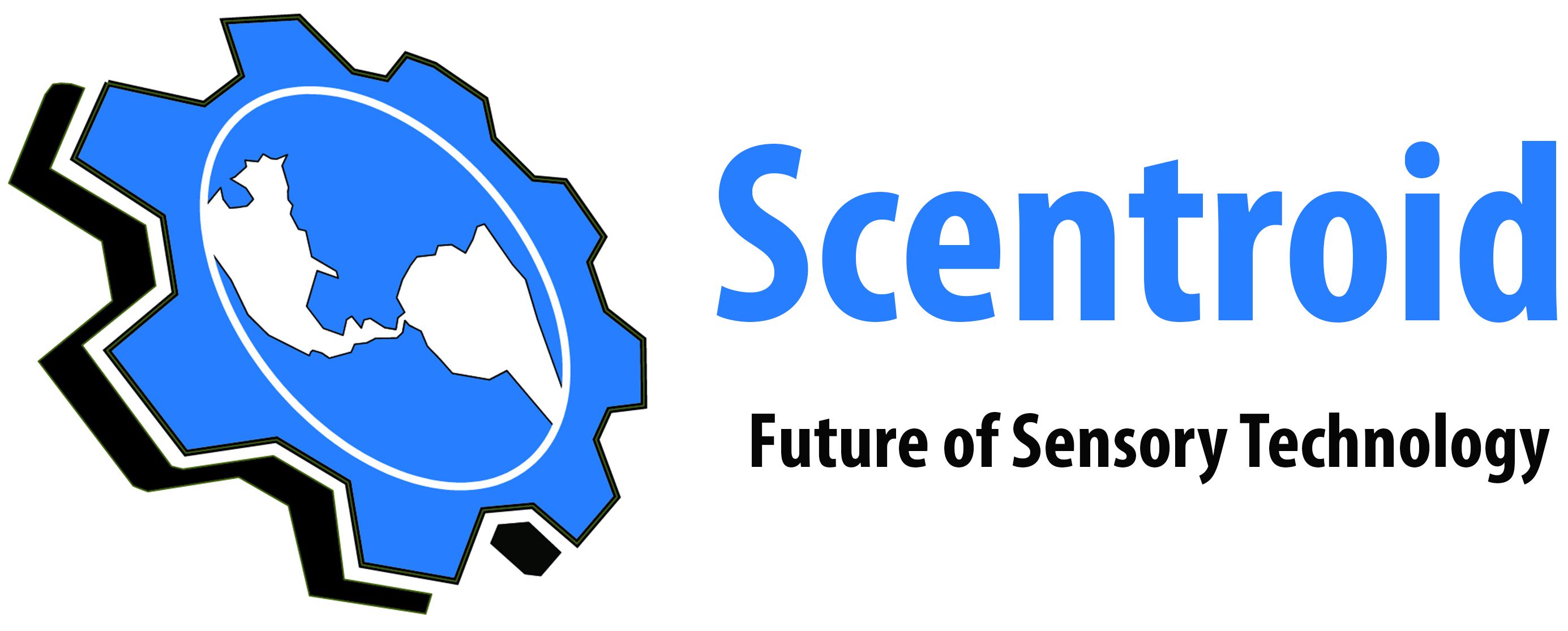 Olfactometric
Laboratory - Politecnico di Milano
Olfactometric
Laboratory - Politecnico di MilanoSince several decades
it is known that odors resulting directly or indirectly from human activities
may cause adverse effects on citizens, and are recently being considered as
atmospheric contaminants. Odors are, among atmospheric pollutants, the major
cause of population's complaints to local authorities. Indeed, several conventional
pollutants are generally not perceived by population, even if they might be
harmful for human health, especially if normal exposure limit concentrations
are exceeded. On the contrary, some odors are perceived far below normal exposure
limit concentrations, due to the presence of odorous compounds having extremely
low odor detection threshold concentration. For these reasons, odors are nowadays
subject to control and regulation in many countries.
The need to regulate odor impacts entails the requirement of specific methods
for odor measurement. Regardless of the measurement technique adopted (dynamic
olfactometry, chemical analysis or electronic nose), the quality of the results
obtained is heavily dependent on appropriate sampling, which is one of the main
issues relating to odor characterization and measurement.
This event focuses on recent regulatory approaches for the evaluation of odour
exposure, on sampling strategies and equipment, and on the main techniques for
odor measurement and odor impact assessment (e.g., chemical analyses, dynamic
olfactometry, electronic noses, dispersion modeling, etc.). Moreover, another
important topic concerns the possibility of direct odour measurement in the
field for direct odour exposure assessment or dispersion modeling validation
purposes.
The conference should represent a possibility for the members of the increasing
community of people involved in odour assessment and control to meet, exchange
views, and achieve a better understanding of the specific aspects relevant to
odour problems.
in collaboration with
 Olfactometric
Laboratory - Politecnico di Milano
Olfactometric
Laboratory - Politecnico di Milano
sponsor by
 |
 |